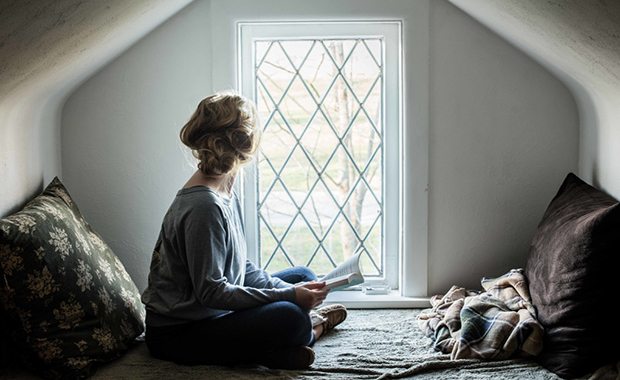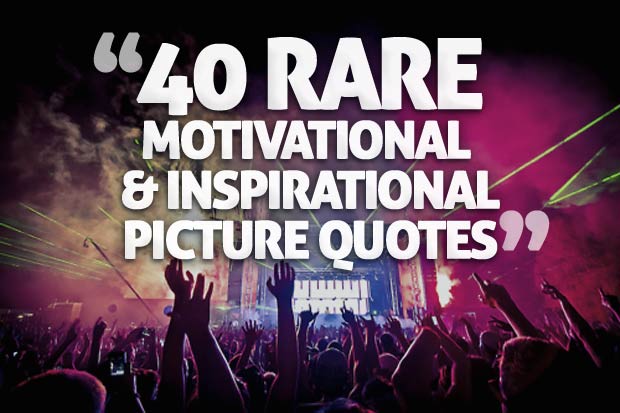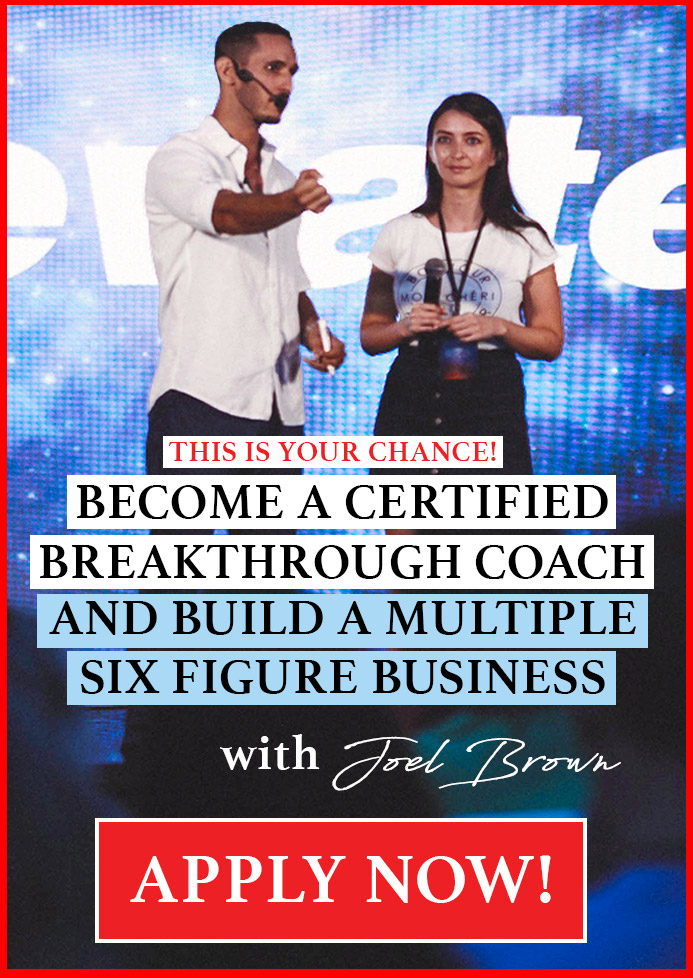Life
3 Ways To Focus Your Wandering Mind And Fuel Productivity

Do you have trouble staying focused? For several years I knew I wanted to start writing again and to build up a thriving side-hustle as a freelance writer. I would schedule my day so that I had time to write after work. Then I would get home from work, and start to write, only to find that my mind would quickly wander off.
Typically I would be either ruminating about something that happened in the past, or planning and worrying about the future. I know I am not alone in this struggle to focus. If you are like me, you probably experience the ‘monkey mind’ – a wandering and scattered mind that just can’t stay focused.
Not only does mind-wandering make us less productive, it can make us less happy. Indeed, a Harvard study found that when people’s minds were wandering, they tended to be less happy, because during mind-wandering our thoughts often tend towards negative rumination such as our worries and our regrets. .
I wasted a full year letting my mind-wandering get the best of me. I decided to get serious about learning to focus and to stop wasting time.
Here are three ways I have learned to focus the wandering mind:
1. Know your why
Remember your motivation for doing the task in the first place. This will greatly enhance your ability to focus and get things done. Make sure you know why you need the focus, and get clear on what will happen if you don’t focus.
Even if this particular task feels like is more something you must do than something you are motivated to do, think about the bigger picture. How does this task relate to a larger project or career goal that is highly motivating for you? For example, will this task help strengthen a particular skill you need to get a promotion or transfer into a new role?
If you can’t find one single motivating reason to be doing this task, consider not doing it at all. Move onto something else.
“There are two great days in a person’s life – the day we are born and the day we discover why.” – William Barclay
2. Structure your workflow
We all have a finite attentional window. Structure your workflow to be in line with that capacity. Work can be seen as a series of sprints – and to be our most productive and most creative, we need to unplug throughout our workdays.
This can be accomplished in two ways. The first is to schedule your most important work during the time you are typically most awake, energetic and focused.
Get to know your energy cycles, and when you are at your best. Schedule your workflow to be aligned with your best energy capacity. For example I always schedule creative or strategic projects for first thing in the morning, my most focused time of the day.
The second way is break tasks down into smaller tasks and schedule them in short spirits. Work for about an hour straight with no distractions, no multitasking or checking email. Then, take a short break and walk around the office or go get some fresh air. This will enable you to be more productive throughout the full day.
3. Monitor your mind
The most important way to stop the wandering mind, is to monitor it. Daniel Goleman, author of Focus, recommends periodic mind monitoring throughout the day. Noticing where your mind has gone – such as checking Facebook instead of working on that report – gives you the chance for an important check in: “my mind has wandered off again.”
That very thought disengages your brain from where it has wandered and activates brain circuits that can help your attention get unstuck and return to the work at hand. So each time you notice your mind has wandered away from the task at hand, name it by saying ‘wandering’ and then bring your mind back to the task you are working on.
If you notice that your mind always wanders to the same place, to social media or checking email for example, this might be a good indicator that you need to limit these distractions. Try working with your phone in another room or a few hours, or disconnect from the wifi in your office so it takes an extra step to get back online. That extra step should be enough to stop you from going online.
Practice makes perfect
Time is our most precious resource, once it is spent we can never get it back. By continuing to be unfocused time slips by, and we may find that we are no closer to our goals than we were a year ago.
The good news is that we can change our ways and overcome the habitual thoughts patterns of the mind. Building our ‘focus muscle’ is like going to the gym. Willpower is like a muscle… over time with training, we can strengthen our attention.
“Take chances, make mistakes. That’s how you grow. Pain nourishes your courage. You have to fail in order to practice being brave.” – Mary Tyler Moore
The reward for all this practice? By training our minds to be more focused, we will take action towards our goals, and be more productive and happier at work and in our daily lives.
How do you focus your wandering mind? Please leave your thoughts in the comment section below!
Image courtesy of Twenty20.com
Life
Imposter Syndrome Is Rooted in Your Past But Here’s How You Can Rewire It
Imposter syndrome is most prevalent in highly successful women

Imposter syndrome is “the persistent inability to believe that one’s success is deserved or has been legitimately achieved as a result of one’s own efforts or skills.” (more…)
Life
The Surprising Mental Health Tool You Probably Haven’t Tried
Through journaling, I arrived at a more balanced perspective, it reinstated my sense of gratitude and led me to accept my disability

In two particularly difficult times in my adult life, my journaling practice is helping me heal emotionally. It has been a vital tool for helping me see the bigger picture and land in a place of gratitude. (more…)
Life
How to Stop Comparing Yourself to Others and Find True Happiness
Comparison is the thief of joy; it robs us of our happiness, self-esteem, and peace of mind

In today’s hyperconnected world, it’s easier than ever to fall into the trap of comparing ourselves to others. Social media platforms like Instagram, Facebook, and LinkedIn constantly bombard us with curated highlights of other people’s lives, making it seem like everyone else is happier, more successful, and more fulfilled than we are. (more…)
Life
Harness the ‘Battery Effect’ to Transform Life’s Tensions into Your Greatest Strength
Recharge your life batteries by shifting your mindset today

I believe our life capacity is determined by the skillsets we develop on this spinning rock we call Earth. By “life capacity,” I mean our ability to embrace and sustain joy. (more…)
-

 Success Advice3 weeks ago
Success Advice3 weeks agoThe One Mindset Shift That Made Me Irreplaceable At Work
-

 Scale Your Business3 weeks ago
Scale Your Business3 weeks agoWhy Smart Entrepreneurs Never Skip This One Business Expense
-

 Success Advice3 weeks ago
Success Advice3 weeks agoHow Playing by the Rules Became the Smartest Business Strategy
-

 Did You Know2 weeks ago
Did You Know2 weeks ago7 Surprising Life Lessons Video Games Taught Me That School Never Did
-

 Success Advice2 weeks ago
Success Advice2 weeks agoHow to Build Trust, Kill Micromanagement, and Lead a Team That Thrives
-

 Scale Your Business2 weeks ago
Scale Your Business2 weeks agoHow to Build a Workplace People Actually Want to Show Up To
-

 Success Advice1 week ago
Success Advice1 week agoSuccess Isn’t Sexy: 5 Daily Habits That Actually Work
-

 Scale Your Business2 weeks ago
Scale Your Business2 weeks agoHow Smart Entrepreneurs Cut Financial Chaos in Half with One Simple Switch






























12 Comments